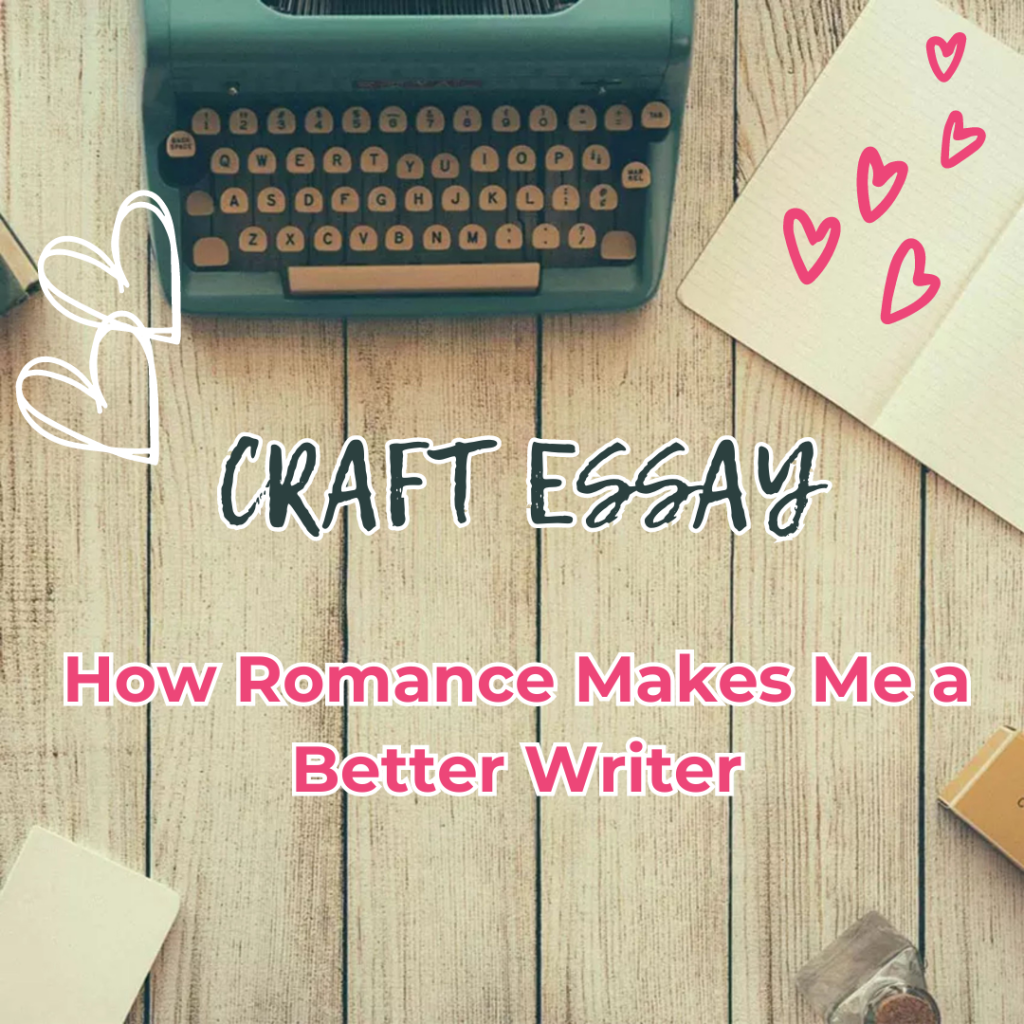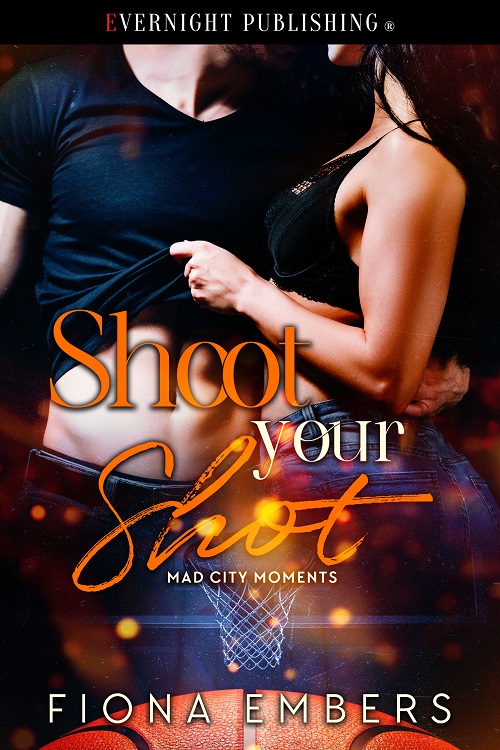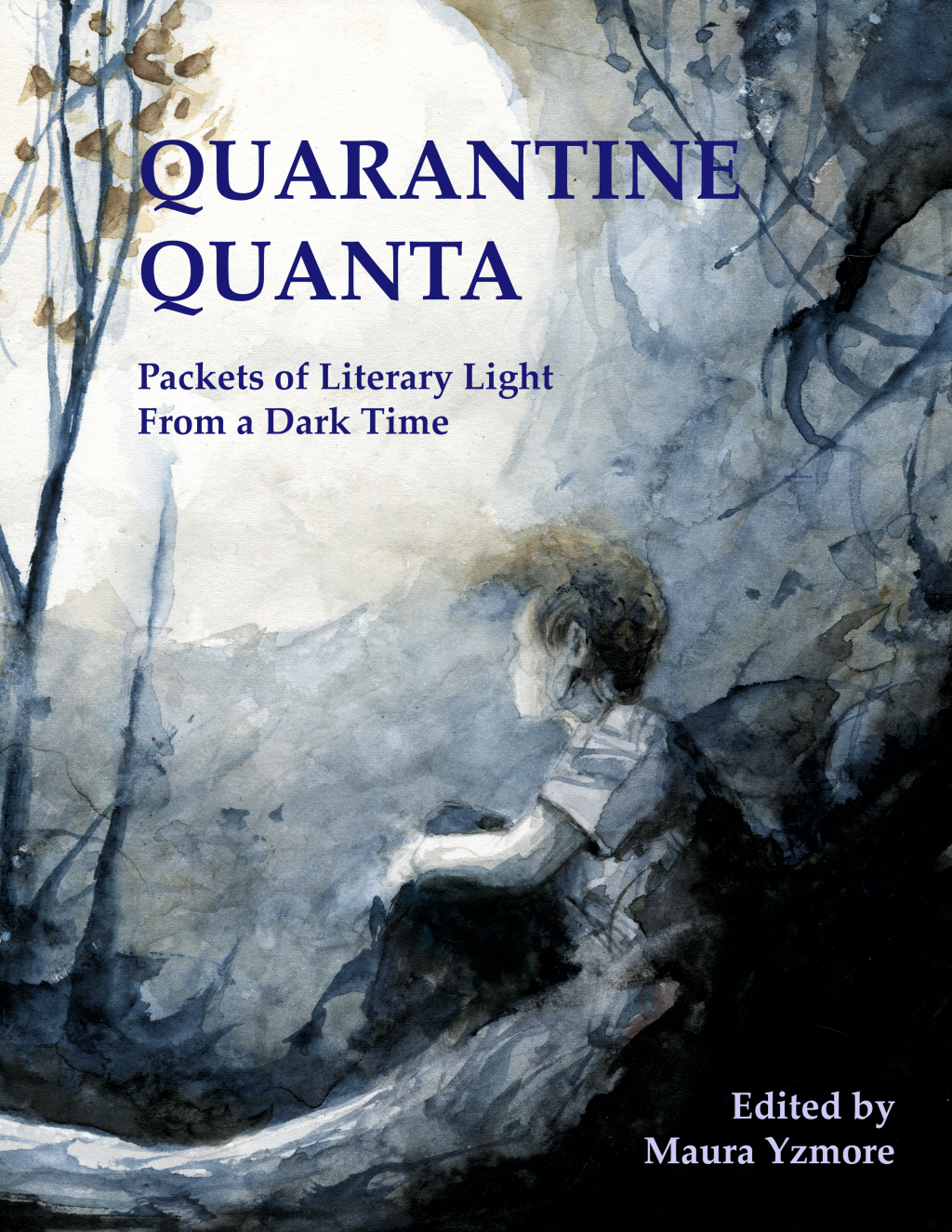After more than two decades of technical writing for my job, I started writing short fiction in 2017. Much of my short fiction falls under dark and speculative, but I’ve also written plenty of literary and humorous pieces, and even a few belong to mystery/crime.
Which is why most of my writer friends were surprised when I said I was writing a romance novel.
As a reader, I devour fiction of all genres; I’m one of those people who read 15-20 books a month. There are a few subgenres I don’t particularly care for, but, by and large, I read everything. I used to read romance as a teen, then stopped and didn’t touch it for decades, until a few years ago. There is a lot of stigma associated with romance: that it’s unserious, low-quality, formulaic, yada yada. In reality, it is a globally bestselling genre with many absolutely outstanding authors, and much of the stigma stems from misogyny and the resulting tendency to belittle things that are majorly by and for women. I admit to having had internalized those negative views in the past, but, fortunately, no more. (Romance Rehab is a wonderful resource for readers wanting to reclaim their love of romance.) These days, I reach for romance to destress, laugh, cry, think, get hot under the collar — all the reasons that might propel someone to reach for a book in any genre.
While I have incorporated small elements of romance and sensuality into my short fiction, writing a romance novel turned out to be an entirely different beast. Penning a debut novel is challenging regardless of the genre, and my having had virtually no experience with romance definitely made things interesting. The result is Shoot Your Shot, which came out in March 2024 from Evernight Publishing, and writing it helped me grow tremendously as a writer.
How has writing a romance novel helped improve my craft? Here are a couple of big ways.
1) The constraints of romance require strong character work
What is romance? It is a very broad genre with many subgenres, and one that gels well with many others, such as horror or fantasy. Genre romance has only two nonnegotiable tenets:
1) There must be a primary romantic relationship that is central to the plot
2) There must be a happy ending, either HEA (happily ever after) or HFN (happily for now)
The happy ending, in particular, is what people who don’t like or respect romance often bring up as something that needs to be dispensed with. However, the happy ending is a key element of the genre and part of the author’s unspoken contract with the reader. In my opinion, this requirement is also one of the genre’s biggest strengths, not just in terms of marketing and sales, but in terms of how it helps authors craft stories.
Simply put, constraints spur creativity. That’s why short-fiction writers love writing to prompts and submitting to themed calls. Writing a story with a happy ending that must center a relationship is a type of constraint absent from other genres. A good romance must have enough tension and high-enough stakes in the primary romantic relationship that the relationship development itself carries the plot. This is particularly true in contemporary romance, where there are no world-building or supernatural aspects to help propel the narrative. Romance requires serious character work, because without solid characterization involving considerable growth and change there are no stakes, there is literally no plot, and there definitely isn’t a satisfying happily ever after.
Writing the book, I had to think really hard about why my characters acted the way they did, understand the reasons for their individual dysfunction and for the issues they faced when they were together, and figure out how their conflicts and the choices they made related to their backgrounds and got exacerbated by the relationship. Romance is an intimate liaison, and, as such, it exposes vulnerabilities and can be replete with emotional land mines. It was challenging to weave together the characters’ childhood backstories and their adult manifestations, and do so concisely and consistently. More than once, I had to battle my own knee-jerk reaction to an emotionally charged situation because my characters had different personalities and attachment styles than me; their reactions and choices had to feel natural and internally consistent, even if they were nothing like my reactions or choices. While these indeed sound like characterization challenges that writers face in any genre, they are amplified in romance because of the outsize importance of the primary relationship in this genre.
Moreover, much of modern romance is written in dual point of view, alternating between the main characters. My novel was written in first person, dual POV, which means I spent about half the time in the hero’s head, the other half in the heroine’s. A big challenge was keeping their voices (especially their inner voices) distinct, as their personalities were very different. This extended to dialogue, which is abundant and critical in romance; the pair spent a lot of time on the page talking with each other, sometimes in various states of undress, and they also spoke with different side characters, whose personalities tend to be well fleshed out in romance given that the side characters are usually close friends or family. The uniqueness and consistency of voice when switching between the two first-person narrators was something I was very worried about during writing (Are their voices distinct from one another? Does the male main character sound like a real man? Or do they both just sound like me?), even though, by all accounts, I did a pretty good job.
2) Writing long, immersive erotic scenes poses unique craft challenges
Given that most of my short fiction is dark, I have written plenty of scenes where I wanted to make the reader feel sad or scared or even disgusted. I have also written plenty of humorous short fiction where the goal was to make the reader laugh.
Writing a romance novel came with unique challenges in conveying mood and emotion. First, owing to the length, the intense scenes, no matter what the characters’ feeling were, had to be longer than what I had been used to writing. Second, I had not written explicit sex scenes before, and doing so both scared and excited me. It turned out that writing sex scenes came with aspects that I would not have predicted based on my experiences with writing action-packed or horror-filled scenes.
The first few sex scenes I wrote were not very good; I felt stiff both writing and reading them. I had to wait till the evening, when I was tired so my overactive inner editor was quieter than usual, and I actually poured myself some wine to be able to relax and get good flow (it is not lost on me this drinking alcohol is what many people do when they’re about to have sex with a new person).
It is very hard to write something that feels hot and immersive, as opposed to stilted or awkward, and doing it over a considerable length (perhaps several chapters) is even more challenging. Moreover, while most people haven’t killed or inflicted bodily harm on anyone, most people have, in fact, had sex. You, as the author, are writing scenes for which readers don’t have to rely on imagination but instead have real-life experiences as a reference. While neither you nor your reader know how it is to be in the mind of a serial killer, you both know how it feels to fall for someone, how it feels to touch someone, how heady those first sexual encounters with someone new you’re really into can be. That makes the stakes for the author high, and the fact that the author can’t escape drawing, at least partially, from their own sexual past, makes the very act of writing intrusive and unsettling in a way I hadn’t anticipated, even though perhaps I should have.
There are many writers who sprinkle eroticism over their short fiction, and beautifully so, but doing it in a novel, across multiple scenes, is something else entirely. However, after the first few such scenes, I got to know my characters and how they would come together; once the characters had solidified in my mind, writing their sex scenes was no longer a problem. I could achieve immersion and good flow without having to write tired of tipsy. The need to dive deep into my own experiences with sensuality didn’t feel quite so intrusive anymore because having a good grasp of the characters’ essence erected a healthy barrier between them and me.
While the initial emotional toll of writing erotic scenes surprised me, so did the challenges of craft, specifically achieving the right balance between choreography, emotion, and dialogue in sex scenes. It is very easy for these scenes to become boring, mechanical, awkward, and all manner of unsexy. Again, being really comfortable in the heads of the narrators enabled the scenes to unfold seamlessly, and the fluid shifts in focus between the movements, the physical sensations, and the emotional connection in a way that mimics the holistic, all-senses experience of sex, turned out, in my opinion, to be the crucial element for writing a scorching-hot scene.
Shoot Your Shot by Fiona Embers is out now from Evernight Publishing. Read a steamy excerpt here or purchase on Amazon and elsewhere.




Leave a comment